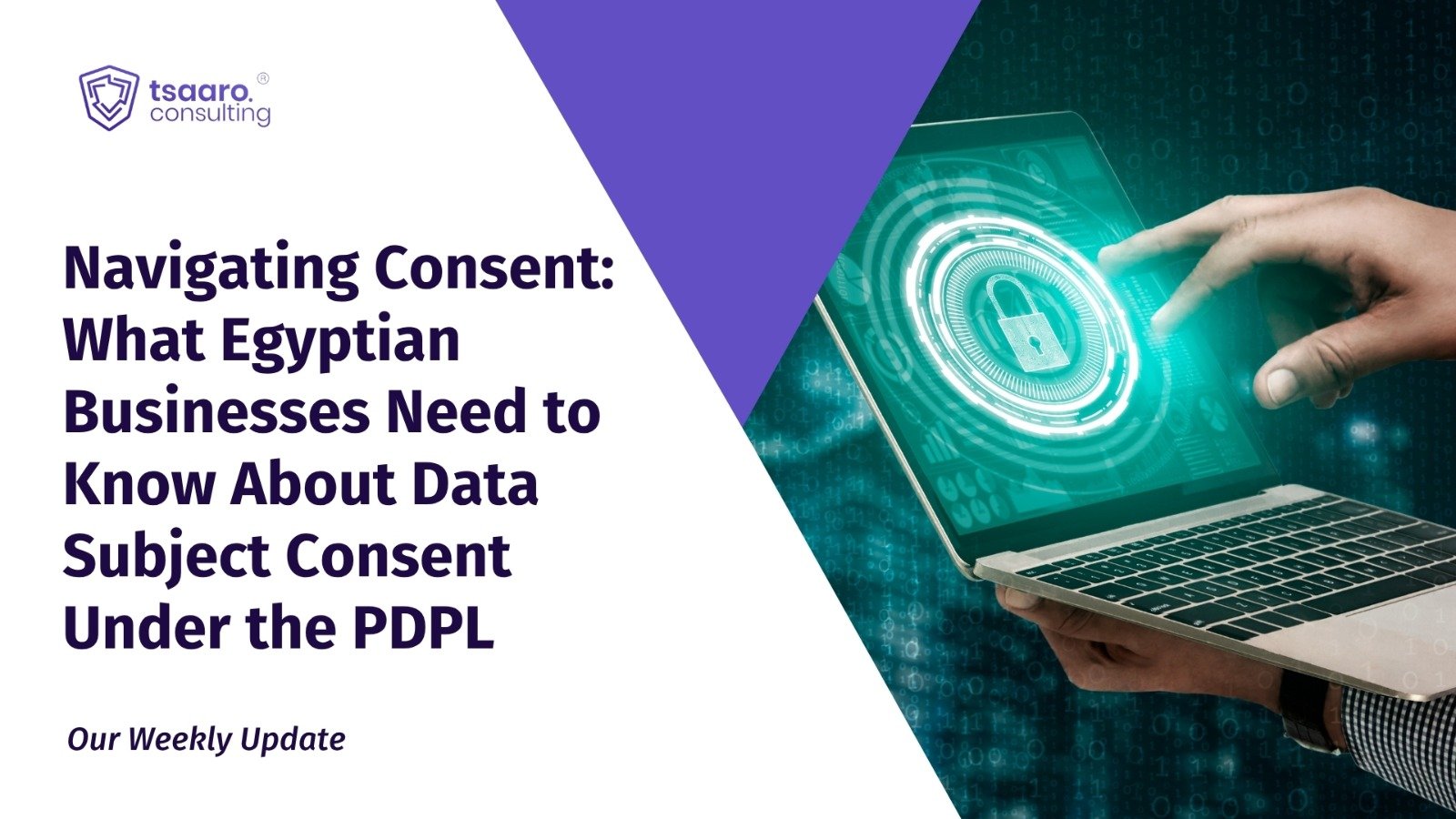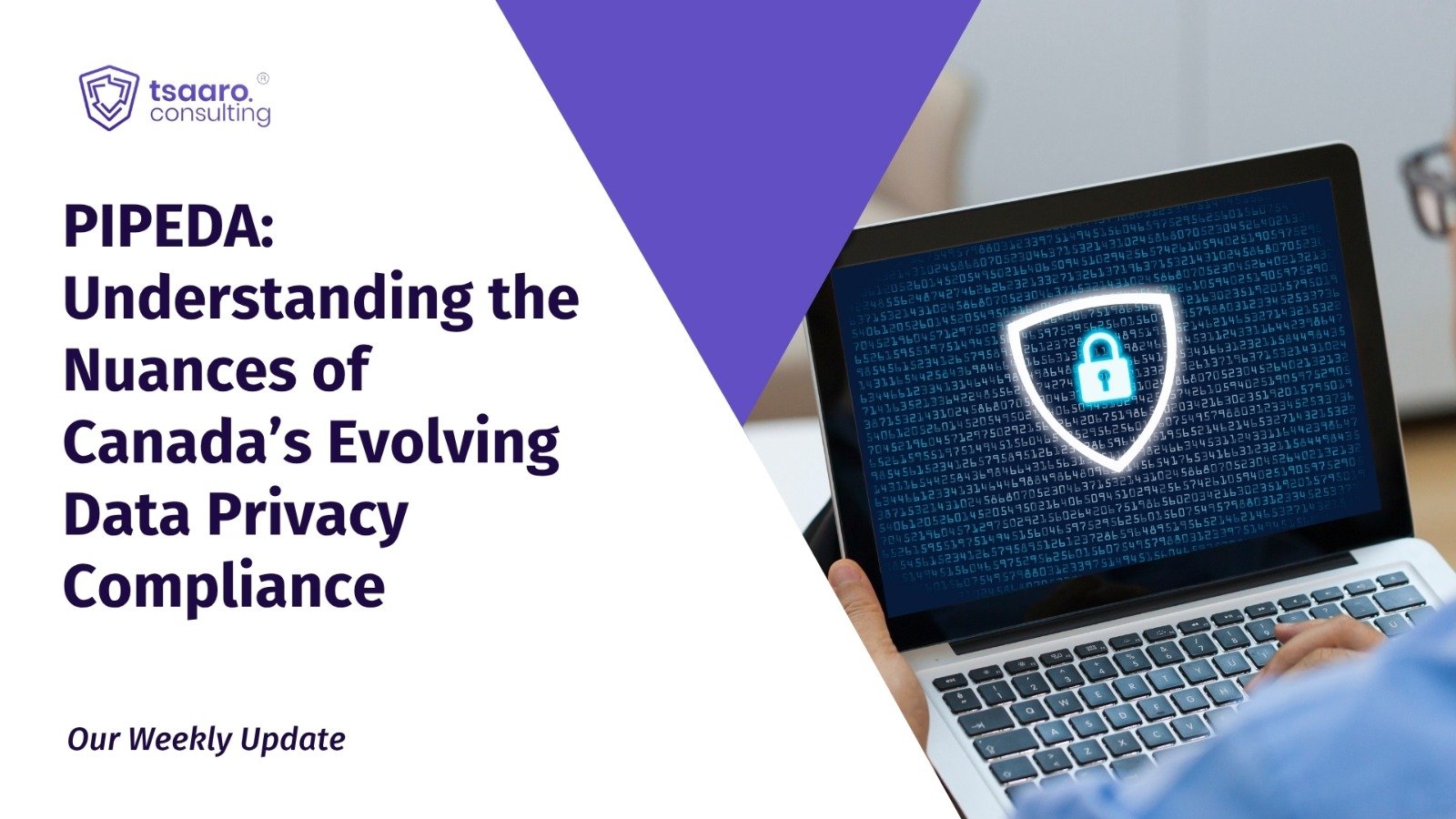Introduction
As personal data is regularly collected, exchanged, and processed in today’s digital era, privacy protection has become a top priority for both individuals and organizations. Two key principles—Privacy by Design (PbD) and Privacy Engineering—have evolved to solve this issue as technology continues to advance at a rapid rate. These ideas seek to intertwine privacy precautions and ideals into the creation of new technology. This blog post will examine the connection between Privacy by Design and Privacy Engineering and look for areas where the two concepts may overlap. We can better grasp how both ideas function together to protect people’s privacy by digging into the underlying ideas and goals of each.
Privacy by Design
A driven strategy called Privacy by Design (PbD) emphasizes on incorporating privacy considerations into the creation of systems, technologies, and procedures. PbD prioritizes privacy as a fundamental requirement and was introduced by Dr. Ann Cavoukian, a former information and privacy commissioner for Ontario, Canada. It promotes combining privacy protections and features directly into the layout, structure, and functioning of goods and services.
Instead of considering privacy as a reconsideration, PbD supports its early inclusion. To encourage the proactive addressing of possible privacy risks and concerns, it promotes the integration of privacy into every stage of the design and development process. Organizations can reduce the need for expensive adjustments and improve privacy protection by including privacy in the design process.
Data protection, transparency, and user control are essential PbD elements. Implementing strong securit measures to protect personal data includes using encryption, access controls, and secure storage. PbD encourages businesses to make use of privacy-enhancing technology to reduce the collection, use, and storage of personally identifiable information.
In PbD, transparency is still another important component.It involves educating people on how organizations gather, utilize, and share their data.
PbD accentuates user control in recognition of the value of personal autonomy. PbD supports a user-centric design that offers people fundamental control over their data. To keep control over their privacy, this involves giving people the choice to access, correct, and delete their data.
Organizations can develop privacy-aware systems that respect people’s right to privacy and promote trust by following these principles and embracing PbD’s essential elements. PbD acts as a framework for integrating privacy as a fundamental component across the design and development process, encouraging ethical data handling procedures and reducing privacy threats.
Privacy Engineering
Implementing technical strategies and practices to protect privacy within systems and technologies is the cornerstone of the field of privacy engineering. To create privacy-enhancing solutions, engineering principles, processes, and tools must be put in use. To translate privacy needs into particular technical specifications and implementations, privacy engineers are essential.
By integrating privacy controls and safeguards into the design, development, and deployment stages, privacy engineering tries to address privacy risks and vulnerabilities within systems. One of the main focuses of privacy engineering is to identify and reduce potential privacy risks, ensuring that systems are designed with privacy in mind from the beginning.
Privacy Engineers use a variety of technical techniques to reach these goals. Identifying potential privacy issues and threats, they captivate in threat modeling exercises. This enables them to evaluate the potential impact on people’s data. To make sure that privacy issues are adequately undertaken, privacy impact assessments are also carried out to assess the privacy consequences of system design and deployment.
Techniques like anonymization and pseudonymization are frequently employed in privacy engineering to safeguard people’s privacy. The danger of re-identification and unauthorized exposure of sensitive data can be decreased by Privacy Engineers by de-identifying or substituting personally identifiable information with pseudonyms.
Collaboration with software developers and system architects is another facet of privacy engineering. Privacy engineers collaborate closely with stakeholders to ensure that privacy needs are integrated into the design and implementation of systems.They can direct the adoption of privacy-preserving technologies and practices by working with software developers. Collaborating with system architects makes it possible to effectively integrate privacy evaluation into the overall system design.
Privacy Engineering is essential in creating privacy-aware systems because it draws onCollaborating with system architects makes it possible to effectively integrate privacy evaluation into the overall system design. technical knowledge and works with important stakeholders. While encouraging user confidence in the security of their data, privacy engineers help to ensure compliance with privacy laws, rules, and standards.
The Intersection between Privacy by Design and Privacy Engineering
serve similar purposes. Together, these two ideas enhance privacy protections and guarantee the consideration of privacy issues at all stages of design and development.
PbD and Privacy Engineering both place equal emphasis on taking privacy into account at the inception of the design and development process. Addressing privacy concerns immediately can lead to the proactive discovery and minimization of potential risks and vulnerabilities. The early stages of system development place precedence on privacy so that it becomes an essential element of the design rather than an afterthought.
To achieve the intersection between PbD and Privacy Engineering, cooperation between privacy experts and engineers is essential. Engineers contribute technical knowledge and expertise, while privacy professionals add their knowledge of privacy laws, regulations, and best practices. Together, they work to make sure that the system design successfully integrates privacy requirements. This collaboration makes it possible to establish privacy-enhancing techniques and interpret privacy principles into technological specifications.
Getting privacy goals and technical possibilities in line is a key component of the intersection While Privacy by Design outlines the privacy principles and goals, Privacy Engineering focuses on turning those concepts and goals into achievable technical solutions. To combine privacy goals with the technical limits and limitations of the system architecture, this alignment is significant. Organizations can apply efficient privacy controls without jeopardizing the system’s technological viability by coming up with workable solutions that satisfy privacy objectives.
Organizations can create reliable, privacy-aware systems thanks to the convergence of Privacy by Design and Privacy Engineering. It permits early privacy deliberations, encourages cooperation between privacy experts and engineers, and makes sure privacy objectives are unanimous with technical feasibility.
Benefits and Implications of the Intersection
The confluence of privacy engineering and privacy by design (PbD) yields significant advantages and implications for privacy protection in systems and technologies.The thorough adherence to privacy protection is one of the main benefits. By integrating privacy concepts into the system’s architecture, PbD guarantees the incorporation of privacy considerations from the very beginning of the design process. So, After that, Privacy Engineering pragmatically applies these concepts by incorporating privacy-enhancing measures into the system’s lifespan.Organizations can build solid systems that comprehensively address privacy concerns by combining these methods.
So, The combination also makes it possible to comply with privacy laws, which is a benefit. PbD highlights privacy as a fundamental requirement and urges organizations to apply privacy security proactively. To enable organizations to align their systems with relevant privacy rules, Privacy Engineering plays a critical role in translating these restrictions into technical specifications and practices. Therefore , This intersection ensures that organizations respect and implement privacy rules and regulations while helping them fulfill their legal commitments.
Beyond specific systems, PbD and Privacy Engineering’s collaboration has positive effects and implications. And They support the growth of a culture that is more broadly concerned with privacy, one in which privacy protection is an important step in the design and development process. Organizations may create systems that not only abide by privacy laws but also persuade users to have confidence and trust in a world that is becoming more and more data-driven by using this comprehensive approach.
Conclusion
In conclusion, Privacy by Design (PbD) and Privacy Engineering provide a dynamic method for protecting privacy in systems and technology. Organizations can build reliable, privacy-aware systems from the very beginning by merging these ideas.
Transparency, user control, and data protection are all supported by Privacy by Design, which emphasizes integrating privacy controls into the system’s architecture. Utilizing engineering principles and working with software developers and architects, privacy engineering transforms privacy objectives into achievable technical solutions.
To traverse the gap between privacy goals and technical viability, the collaboration between privacy professionals and engineers is essential. Together, they can more strongly implement privacy controls and raise user confidence.
In general, the interconnection of PbD and Privacy Engineering enables organizations to develop privacy-conscious technologies, abide by laws, and pursue user trust. In our data-driven society, it promotes a culture of ethical data handling, protecting people’s right to privacy. Take the first step towards a secure your organization’s data by scheduling a call with our privacy expert team at Tsaaro Solutions today.
References
- https://carbidesecure.com/resources/the-seven-principles-of-privacy-by-design/
- https://medium.com/golden-data/what-is-privacy-by-design-pbd-9a3e4d96536a
- https://iapp.org/news/a/privacy-engineering-the-what-why-and-how/
- https://community.nasscom.in/communities/cyber-security-privacy/what-privacy-engineering-and-how-it-acts-enabler-digital










